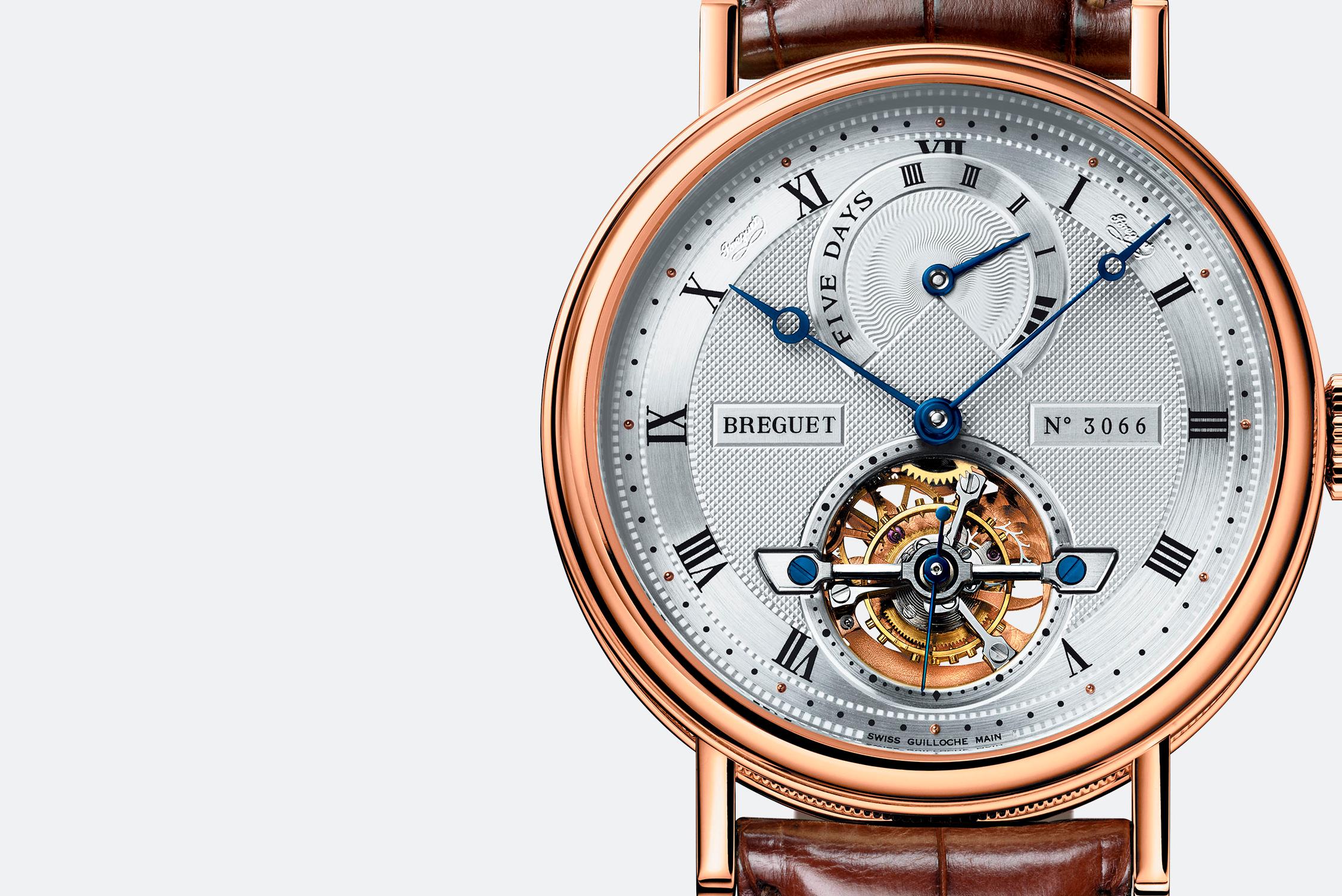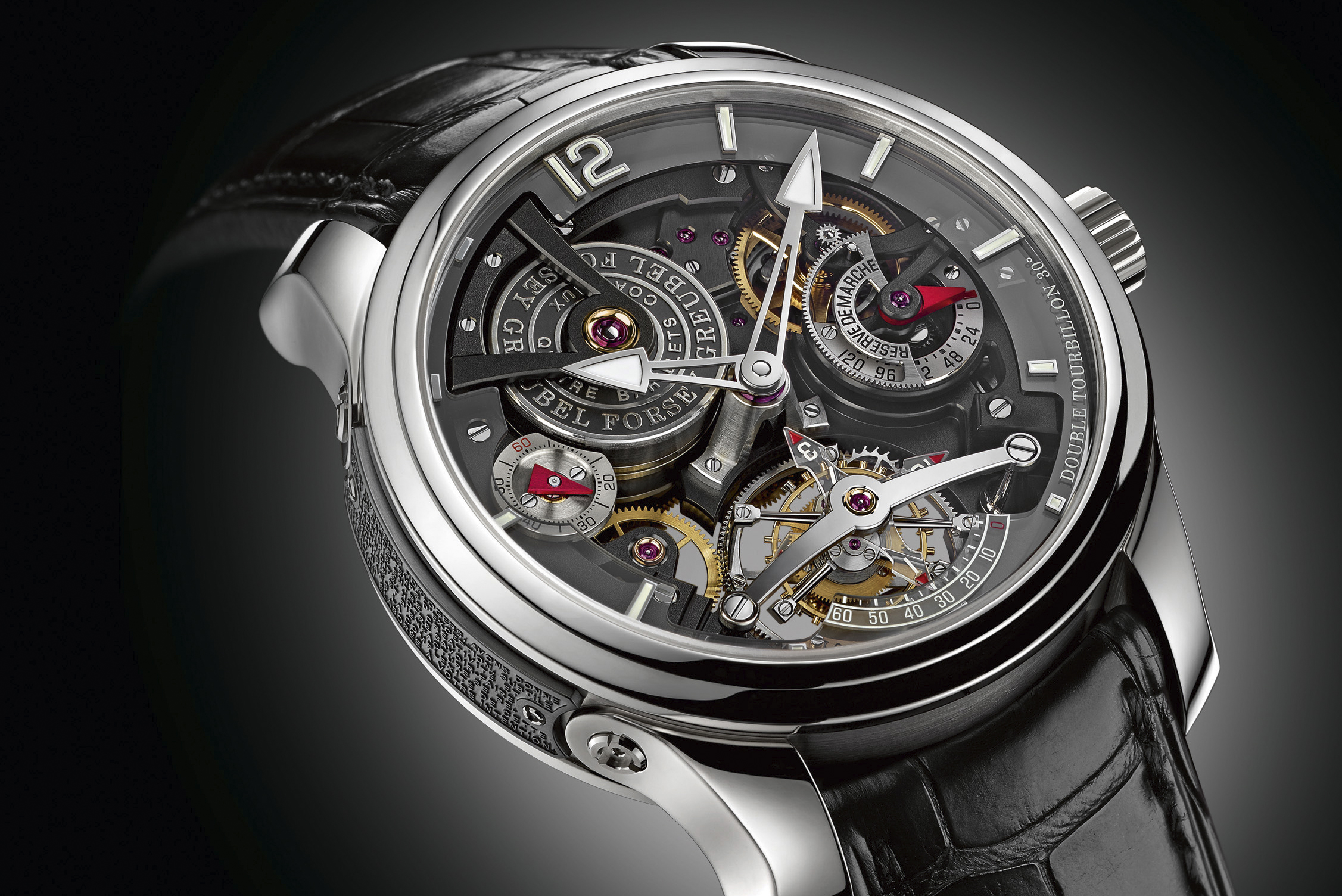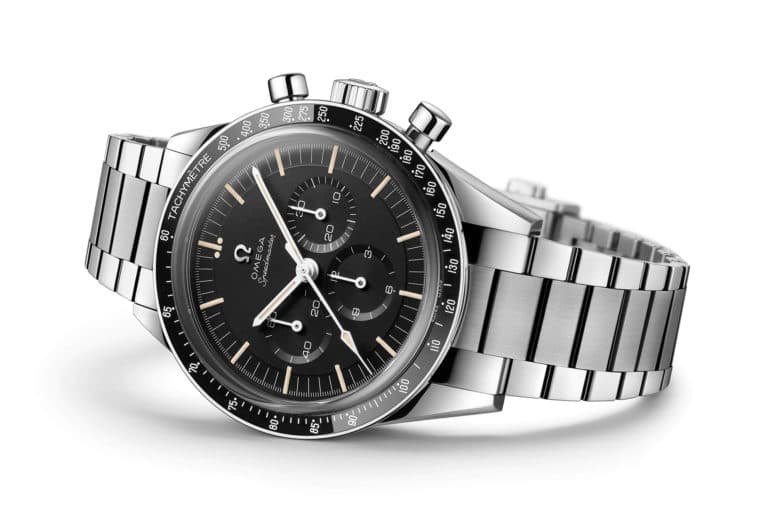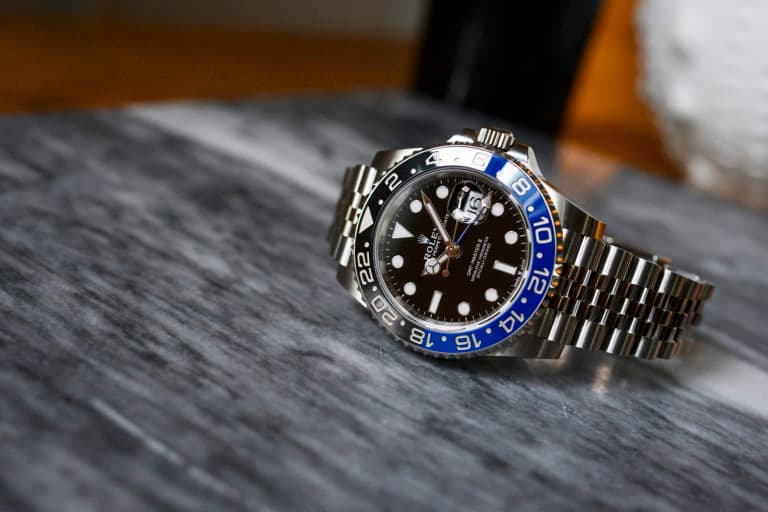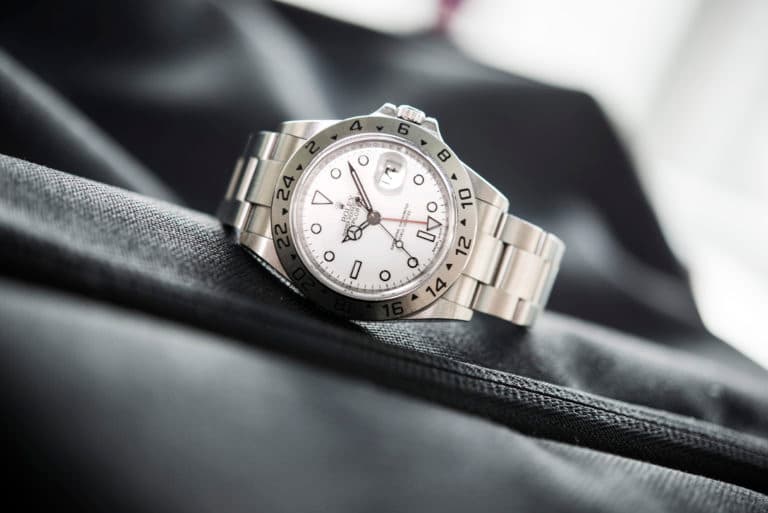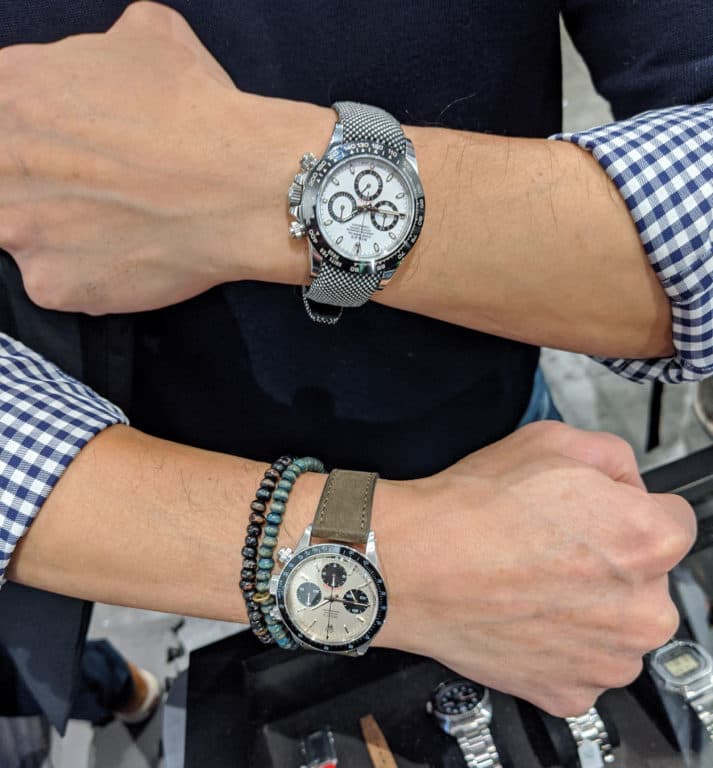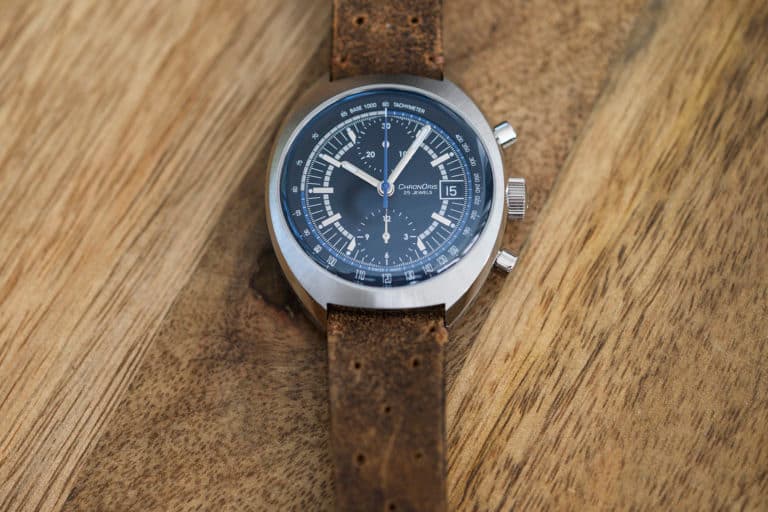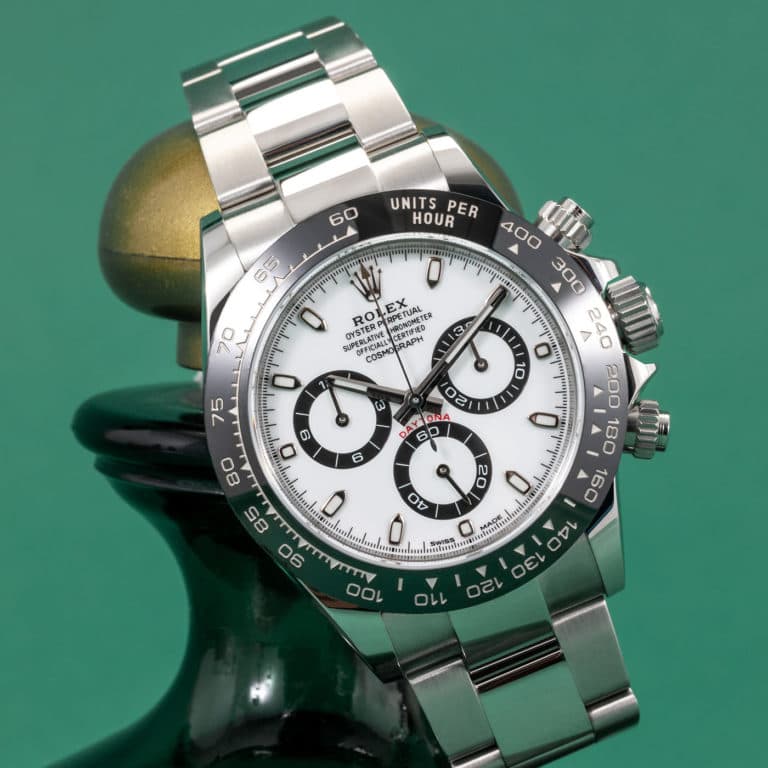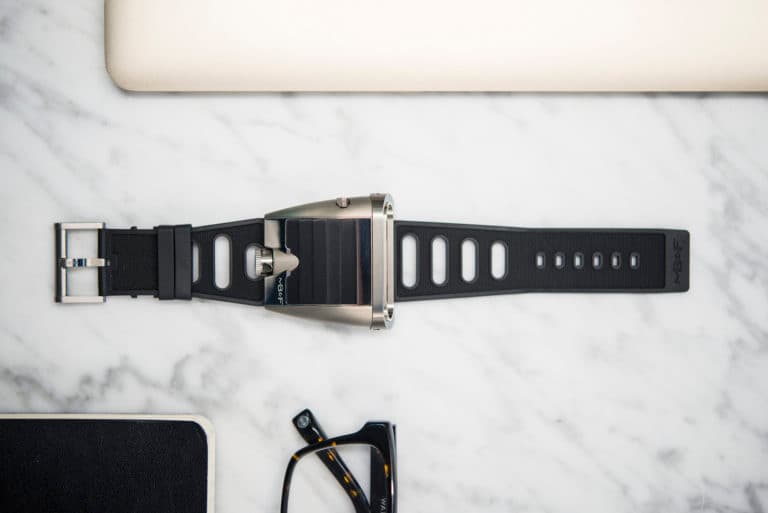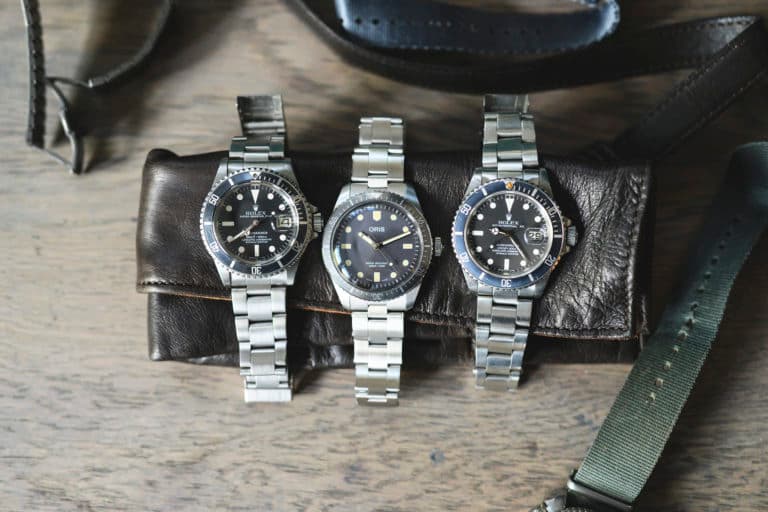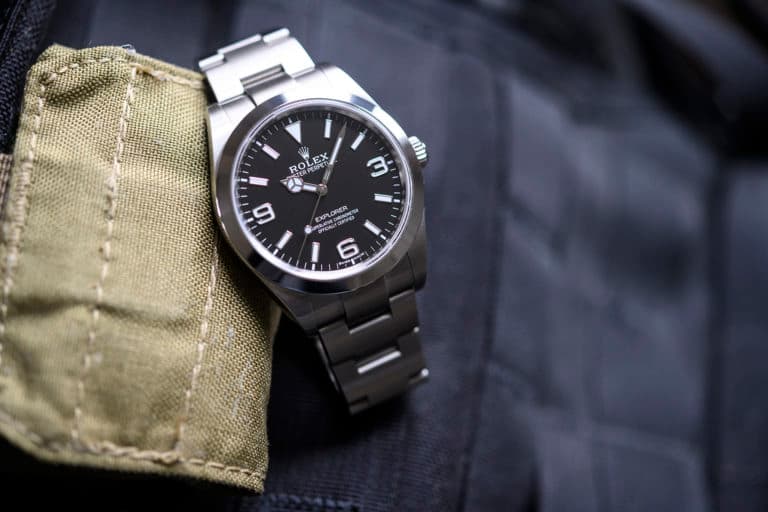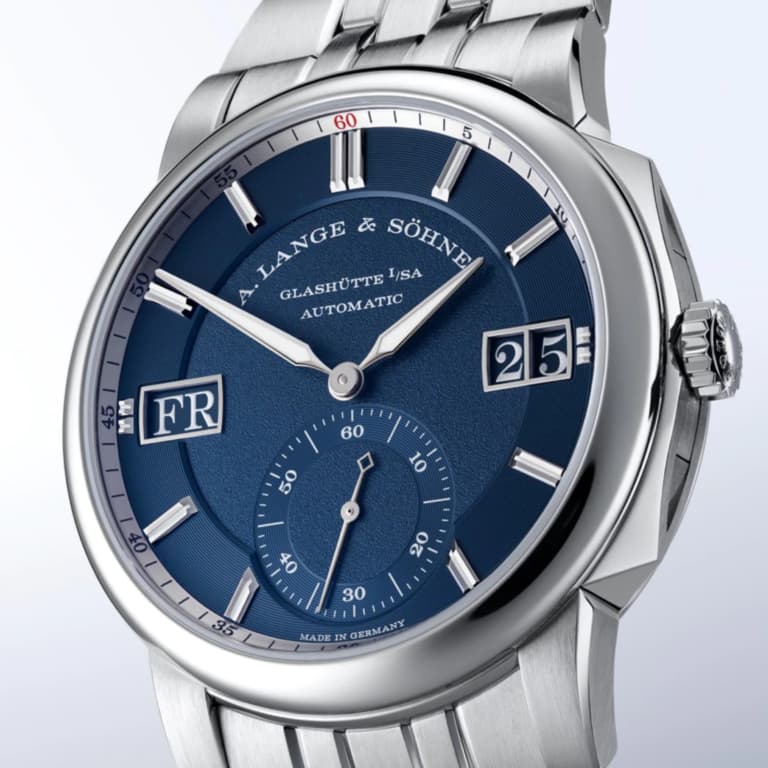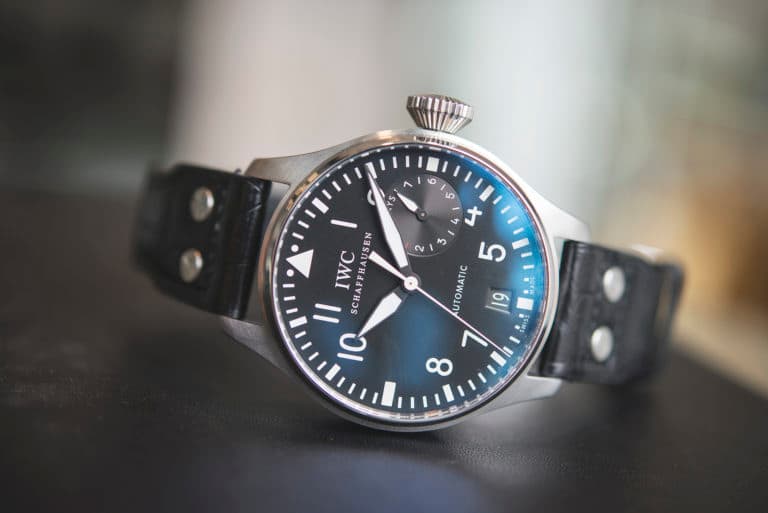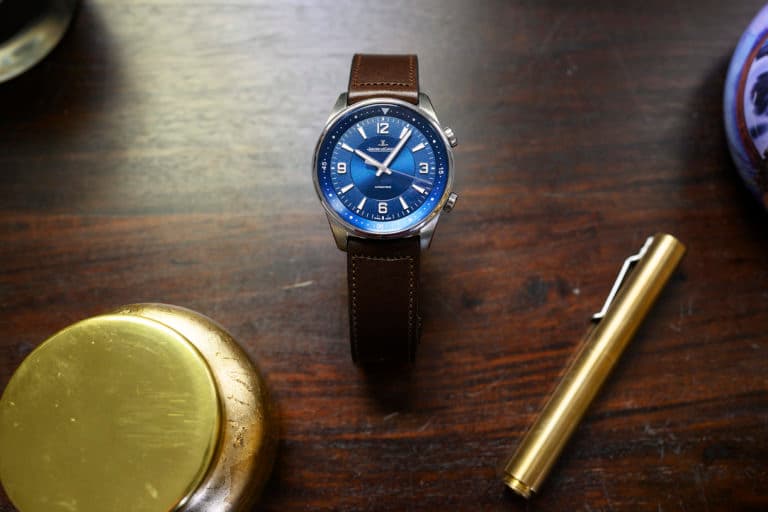The tourbillon is one of those mythical watchmaking terms that is most often associated with high horology and even higher price tags. Unlike the calendar complications we covered in this post, a tourbillon is perhaps the very opposite of practical, and it’s not even technically a complication. So what’s the allure? Just because it doesn’t do much doesn’t mean it’s not really cool to look at, and perhaps equally important, show off to your friends at the pub. Let’s have a look at the what, and the why.
The tourbillon was developed in the late 18th century by Abraham-Louis Breguet (kind of a big name in watchmaking, even to this day) with the intent to counter the effects of gravity on the escapement of a timepiece. Don’t know what an escapement is? Read this. The tourbillon achieves this by placing the escapement, balance wheel, and balance spring within a rotating cage. If you’re wondering just how big an effect gravity could possibly have on such a small component, the answer is… not much. But it doesn’t take much to put a dent in the efficiency of a regulating organ that beats 18,000 times per hour (some newer watches beat at double that rate).
When pocket watches were placed inside a breast pocket or the side pocket of a pant, they could remain in that position for long periods of time, thus exacerbating the problem of gravity. Just like Interstellar. A rotating regulating organ would, in theory, even out any irregularities by averaging out the positional differences and any adverse effects gravity may have introduced.
Unless you live in Brooklyn or Portland, you’ve probably noticed that pocket watches have gone out of style in recent years. Wristwatch movements have a far greater degree of movement to contend with. This renders the traditional execution of the tourbillon far less effective, as a greater variety of positions must be regulated for. To get around this one, watchmakers have developed double and triple axis tourbillons that spin around their axis as they rotate. Jaeger-LeCoultre builds something called the gyro-tourbillon (see video below for this mind-bender), which looks even cooler than it sounds. These more exotic forms of the tourbillon are more effective at negating irregularities caused by gravity regardless of position.
https://var/app/current/news-tmp-0801.youtube.com/watch?v=Jktx6gJDpDQ
The tourbillon may be a technical tour de force, and a great vehicle for manufacturers to flex their horological engineering muscle, but do they really make a difference? To test such things, there is a competition held in Le Locle, Switzerland that puts production movements of all manner through their paces, testing accuracy to a nearly indiscernible degree, giving each a score out of 1000. In 2011, the Greubel-Forsey Double Tourbillon Technique, cal. GF02s, a half a million dollar watch, scored a 915. In 2015, the Tissot calibre A86.501 (a watch without a tourbillon), a movement found in sub $2,000 watches, scored a 908.
This should tell us a few things; first off, the materials and methods of production that manufacturers have access to these days are enough to minimize the effects of things like gravity and magnetic forces, which used to require specially engineered workarounds. Second, owning a mechanical watch in this day and age is less about vital timekeeping and more about general practicality. If your needs require timekeeping accurate to within a 1-second deviation every day, then a mechanical watch probably isn’t the tool for you. And finally, the tourbillon can be appreciated for the technical marvel that it is, and the creative engineered solutions it contains. They exist for the same reason that cars like the Bugatti Chiron exist, not as a practical everyday tool (though each could be used as such), but as a work of mechanical know-how and artistry.


